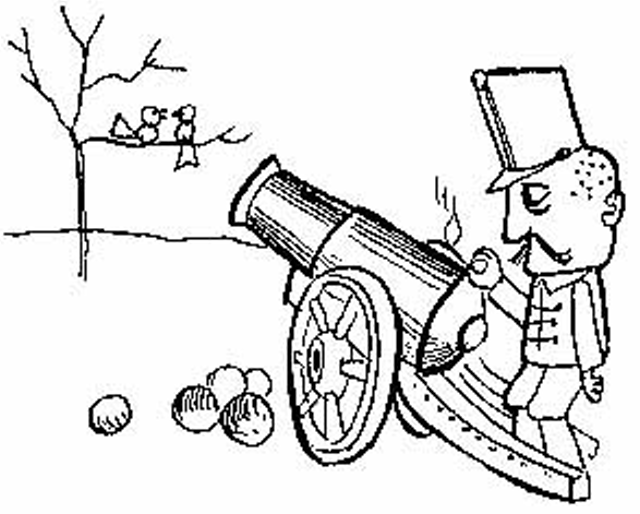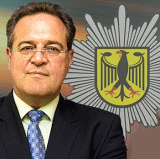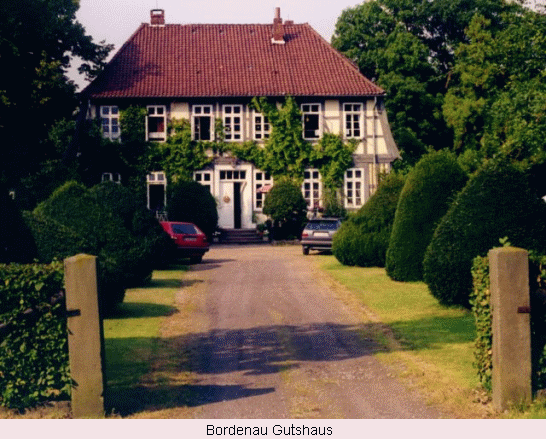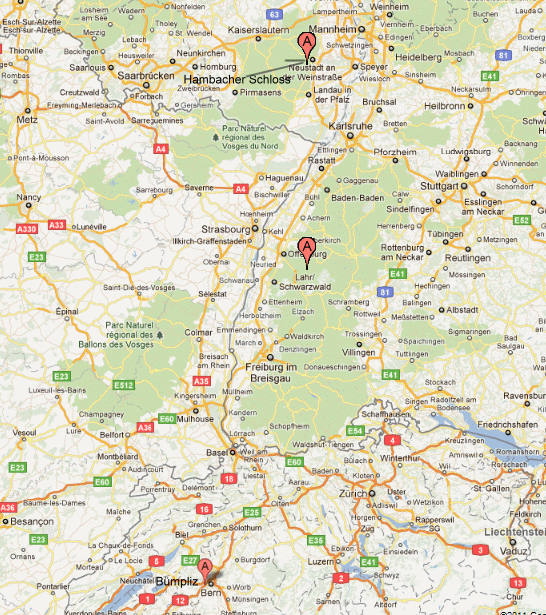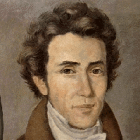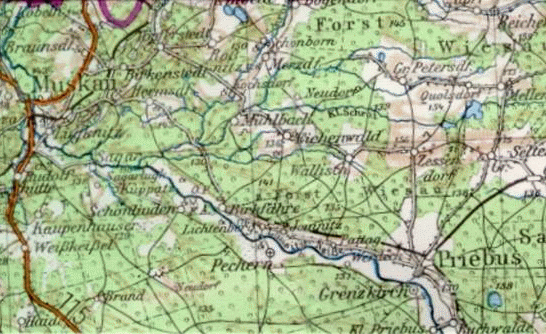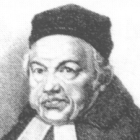| Montag, 12. November 2012 | |
|
|
|
|
|
|
|
|
|
|
|
|
|
|
|
GSG 9
stürmt Wohnung |
|
|
|
|
|
|
| Montag, 12. November 2012 | |
|
|
|
|
|
|
|
|
|
|
|
|
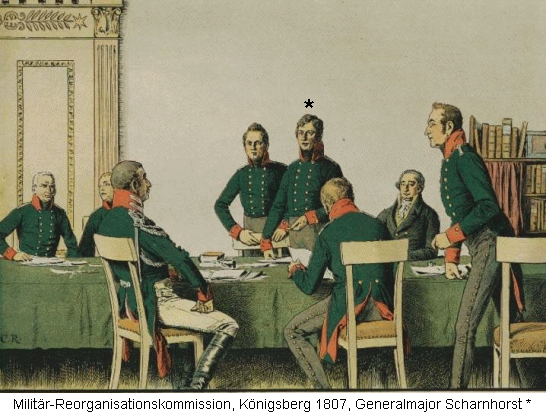
|
|
Gerhard von Scharnhorst
|
|
|
|
|
|
ABCD Die Not vereinigt die Gemüter und
macht die Menschen tätig und erfinderisch. |
|
|
|
|
|
|
|
|
|
|
Philipp Jakob Siebenpfeiffer
†
14. Mai 1845 in Bümpliz in der Schweiz |
|
|
|
|
|
ABCD Vaterland – Freiheit –
ja! Ein freies deutsches Vaterland – dies der Sinn des heutigen Festes,
dies die Worte, deren Donnerschall durch alle deutschen Gemarken drang,
den Verräthern der deutschen Nationalsache die Knochen erschütternd, die
Patrioten aber anfeuernd und stählend zur Ausdauer im heiligen Kampfe, im
Kampf zur Abschüttelung innerer und äußerer Gewalt. |
|
|
|
|

|
|
|
|
|
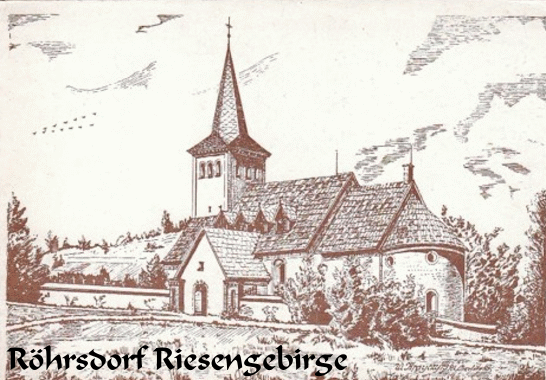
|
|
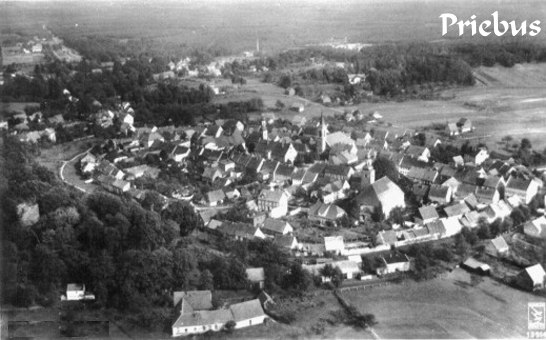
|
|
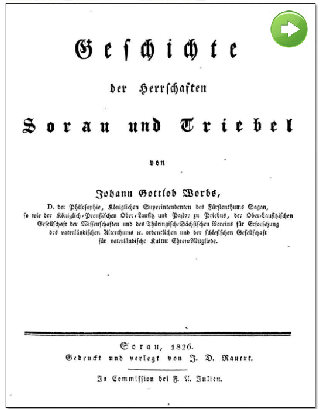 
|
|
|
|
|
Johann Gottlob Worbs
|
|
|
|
|
| Worbs wurde als ältestes von neun Geschwistern des Häuslers Gottlob Worbs und Anna Rosine geb. Wangenknecht geboren. Von 1781 bis 1784 studierte er Evangelische Theologie an der Universität Halle, um dann einige Jahre als Hauslehrer zu arbeiten. 1787 wurde er Pfarrer in Priebus. Zusätzlich wurde er 1804 Superintendent des Fürstentums Sagan und 1818 Generalsuperintendent von Sagan und der preußischen Oberlausitz. Worbs war einer der frühesten Geschichtsforscher der Niederlausitz. Außerdem beschäftigte er sich mit seiner Heimat Schlesien. Er starb am 12. November 1833 in Priebus. | |
|
|
|
|
Weitere
Gedenktage:
|
|
|
|
|
|
|




